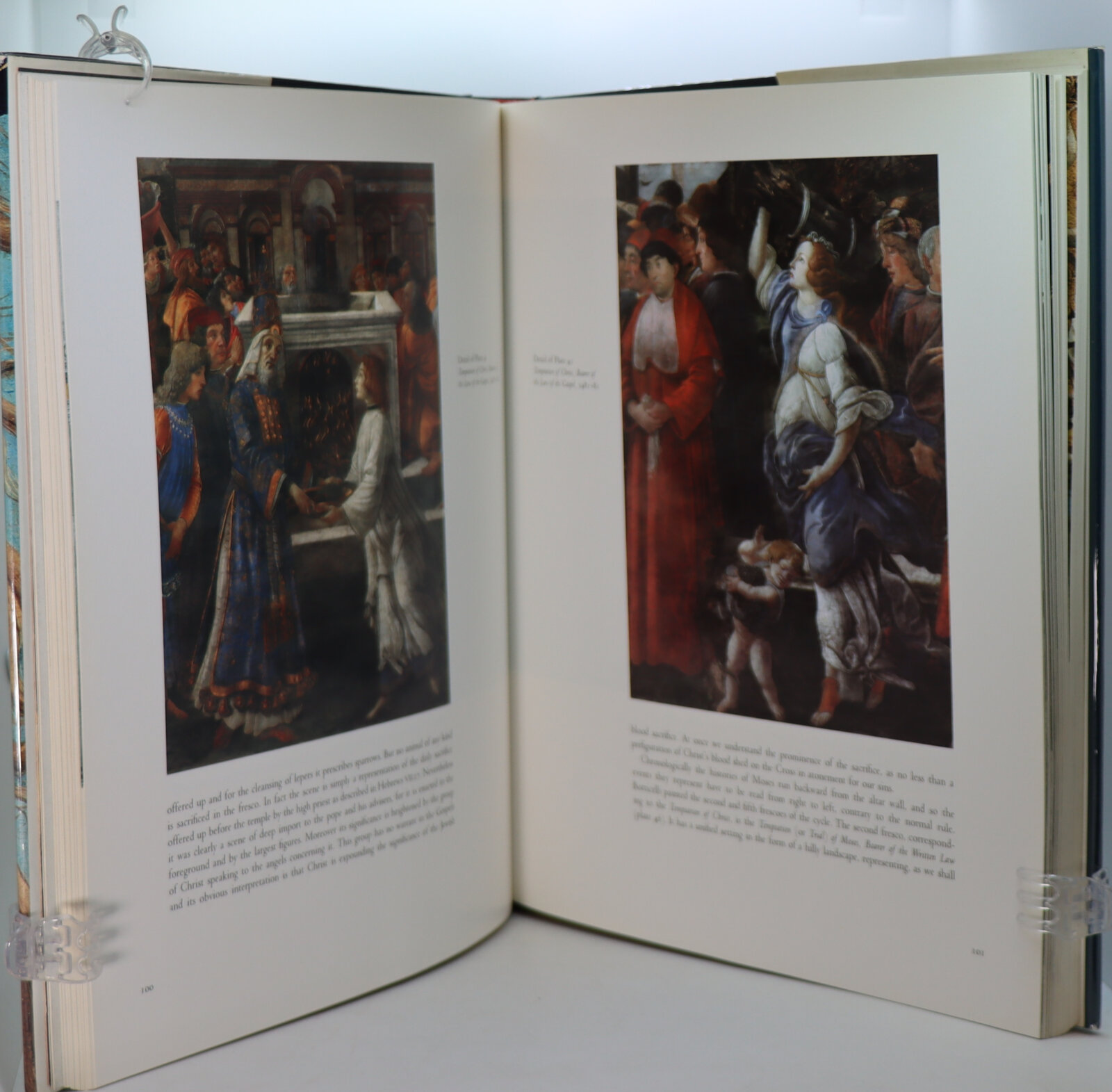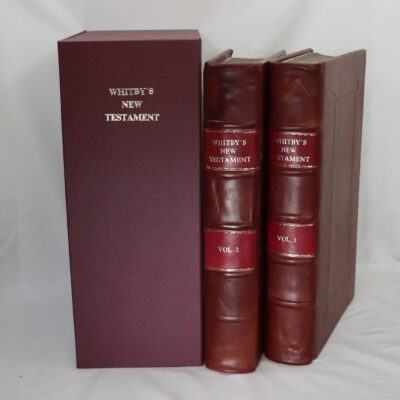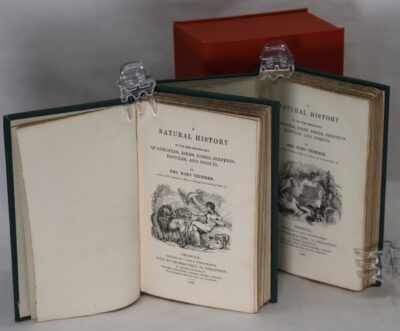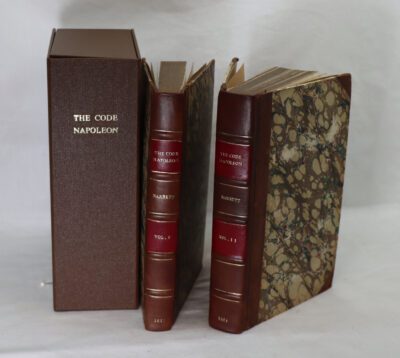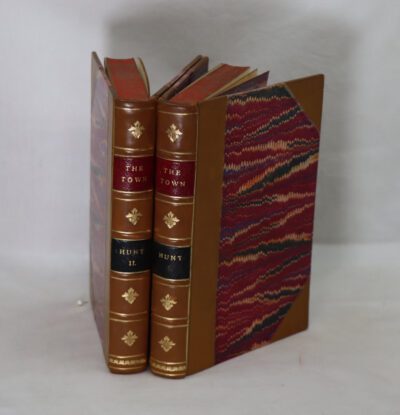Botticelli.
By Ronald Lightbrown
Printed: 1989
Publisher: Thames & Hudson. London
| Dimensions | 30 × 34 × 4 cm |
|---|---|
| Language |
Language: English
Size (cminches): 30 x 34 x 4
Condition: Fine (See explanation of ratings)
Your items
Item information
Description
In the original dustsheet. Black cloth binding with gilt title on the spine.
F.B.A. provides an in-depth photographic presentation of this item to stimulate your feeling and touch. More traditional book descriptions are immediately available.
Hardcover. Condition: As New. Dust Jacket Condition: As New. 2nd edition. Has to be the most magnificent book on Botticelli. The author of the definitive monograph on Botticelli produces here a revision of that work in the light of the many new discoveries about the artist, especially those made in connection with the cleaning of many of his works. Includes new, specially commissioned photographs of the Sistine frescoes and other restored works. 11″ x 13″, 213 illustrations including 186 full colour plates. 336 pages.
Alessandro di Mariano di Vanni Filipepi (c. 1445 – May 17, 1510), known as Sandro Botticelli was an Italian painter of the Early Renaissance. Botticelli’s posthumous reputation suffered until the late 19th century, when he was rediscovered by the Pre-Raphaelites who stimulated a reappraisal of his work. Since then, his paintings have been seen to represent the linear grace of late Italian Gothic and some Early Renaissance painting, even though they date from the latter half of the Italian Renaissance period.
In addition to the mythological subjects for which he is best known today, Botticelli painted a wide range of religious subjects (including dozens of renditions of the Madonna and Child, many in the round tondo shape) and also some portraits. His best-known works are The Birth of Venus and Primavera, both in the Uffizi in Florence, which holds many of Botticelli’s works. Botticelli lived all his life in the same neighbourhood of Florence; his only significant times elsewhere were the months he spent painting in Pisa in 1474 and the Sistine Chapel in Rome in 1481–82.
Only one of Botticelli’s paintings, the Mystic Nativity (National Gallery, London) is inscribed with a date (1501), but others can be dated with varying degrees of certainty on the basis of archival records, so the development of his style can be traced with some confidence. He was an independent master for all the 1470s, which saw his reputation soar. The 1480s were his most successful decade, the one in which his large mythological paintings were completed along with many of his most famous Madonnas. By the 1490s his style became more personal and to some extent mannered. His last works show him moving in a direction opposite to that of Leonardo da Vinci (seven years his junior) and the new generation of painters creating the High Renaissance style, and instead returning to a style that many have described as more Gothic or “archaic.”
Want to know more about this item?

Share this Page with a friend

